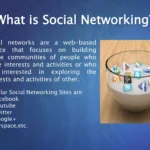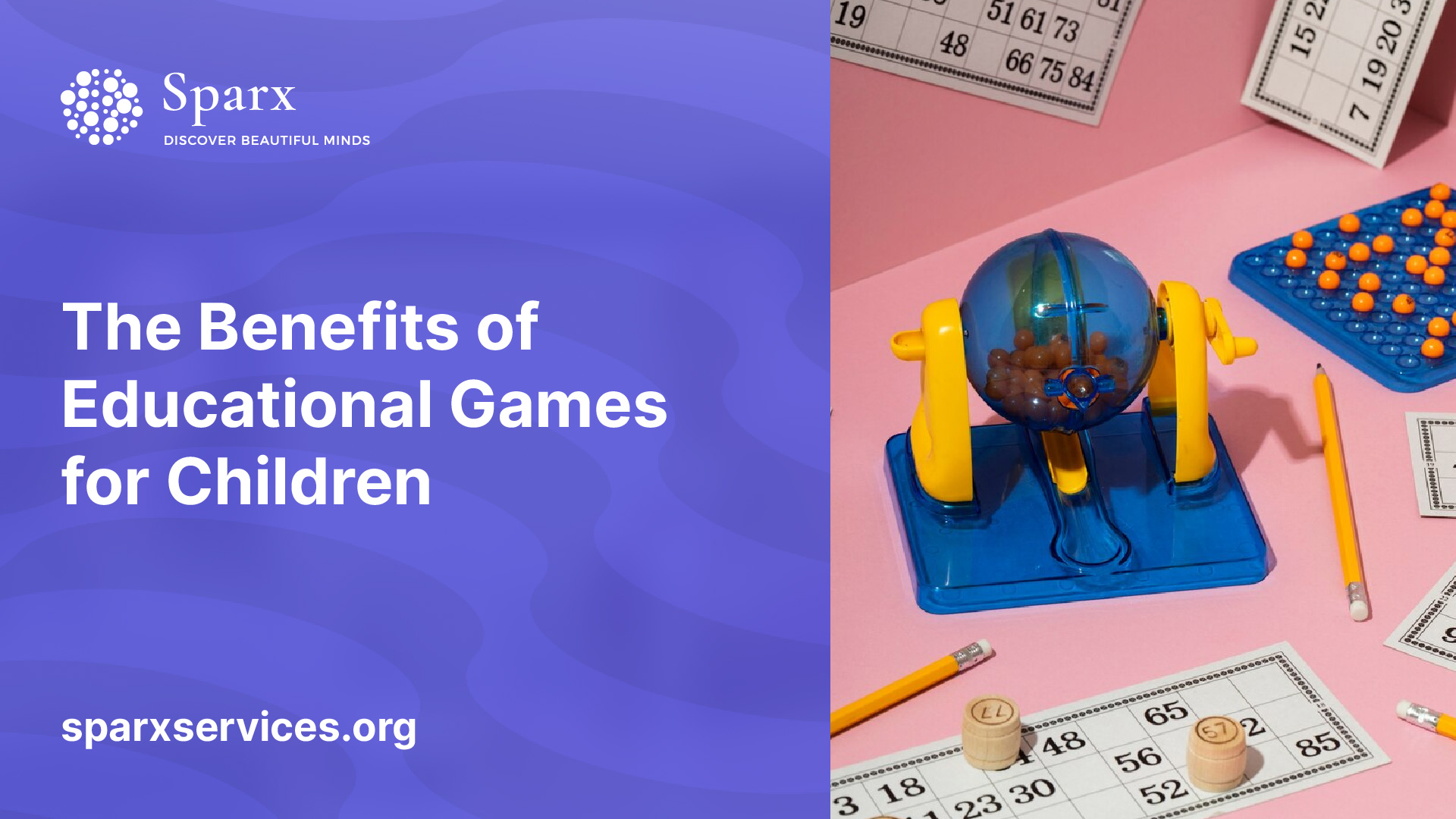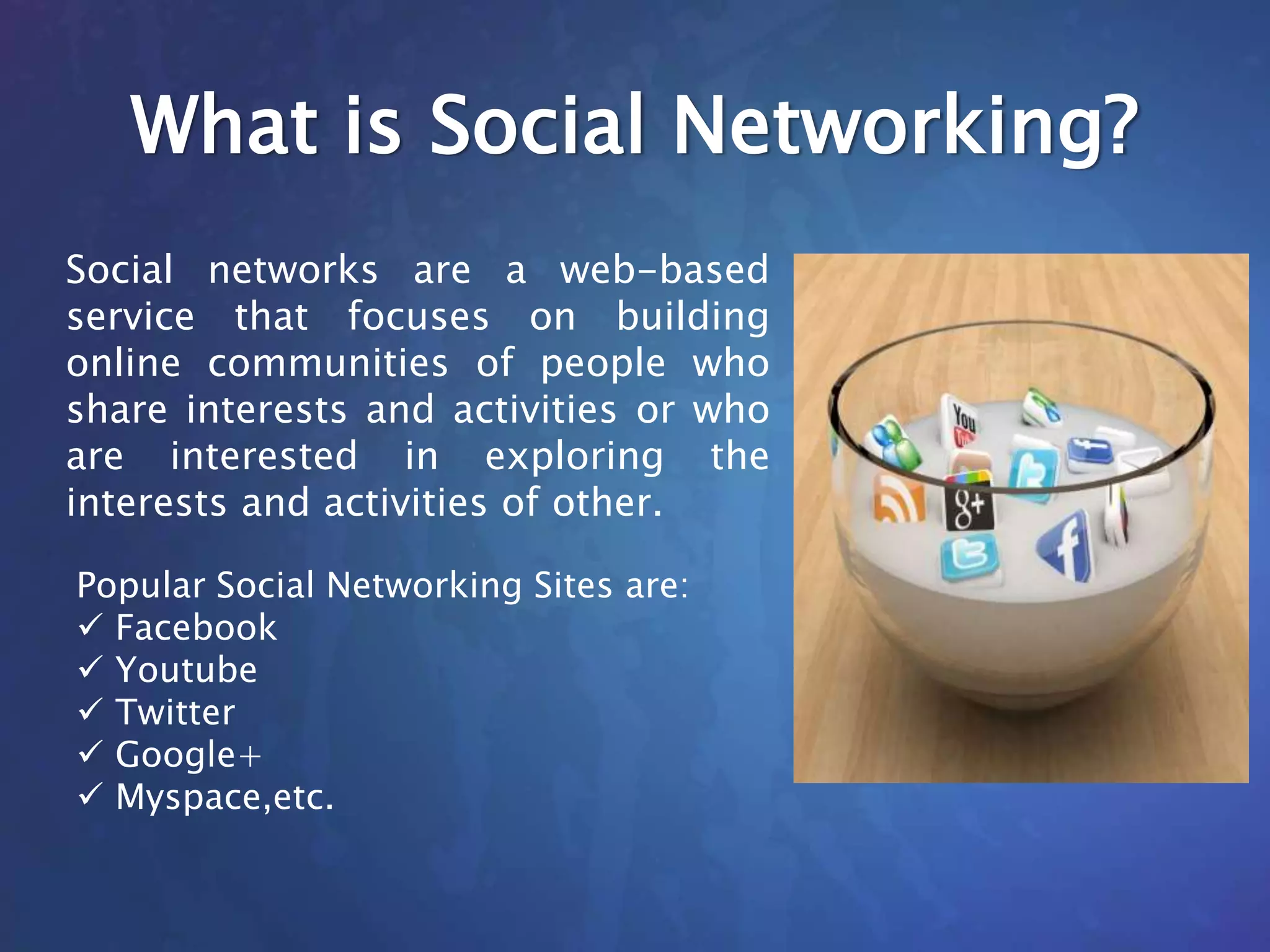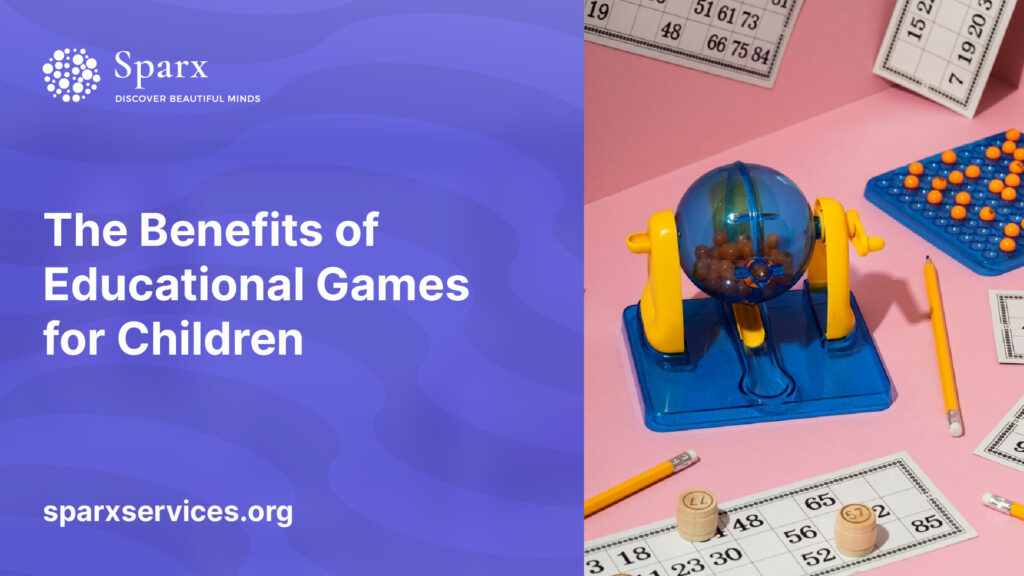
What do educational games bring to us?
What Educational Games Bring to Us
In the digital age, the fusion of entertainment and learning has given rise to a powerful and engaging tool: educational games. Once viewed as mere distractions or leisure activities, games have evolved into significant instruments of education, capable of transforming the way we learn, teach, and interact with information. From preschool classrooms to corporate training programs, educational games are reshaping the learning landscape by making knowledge acquisition more enjoyable, efficient, and enduring.
This article explores the various dimensions of educational games, examining their benefits, types, psychological foundations, real-world applications, and future potential.
1. Understanding Educational Games
Educational games are games specifically designed to teach people about a certain subject, expand concepts, reinforce development, understand an event or culture, or assist in the acquisition of a skill as they play. These can be in the form of board games, card games, video games, mobile applications, or simulations.
Unlike traditional learning methods, which often rely on passive consumption of information, educational games immerse the learner in active participation. Players are encouraged to experiment, fail safely, receive immediate feedback, and stay motivated to reach goals—all essential components of effective learning.
2. Benefits of Educational Games
2.1. Engagement and Motivation
One of the most significant benefits of educational games is their ability to engage learners. Games are naturally motivating due to their interactive and immersive nature. They tap into intrinsic motivation through competition, rewards, storytelling, and achievement systems.
In traditional classrooms, it can be challenging to maintain students’ attention, but games provide continuous stimulation. When learners are genuinely interested in the content, they are more likely to retain information and seek deeper understanding.
2.2. Active Learning
Educational games promote active learning, where learners are not just passive recipients of information but actively involved in the learning process. This approach is more effective in building critical thinking, problem-solving skills, and the ability to apply knowledge in practical situations.
Games often simulate real-world environments or challenges, giving players a safe space to practice and learn from their mistakes.
2.3. Immediate Feedback
Games provide instant feedback, allowing learners to understand what they’ve done right or wrong immediately. This is crucial in reinforcing correct information and modifying misconceptions in real-time.
This kind of feedback loop is difficult to achieve in traditional classroom settings, where delays between performance and evaluation can hinder learning.
2.4. Personalization
Many educational games adapt to the learner’s level and pace. Adaptive learning technologies built into games can assess a user’s strengths and weaknesses and adjust challenges accordingly. This creates a more personalized and effective learning experience, especially for students with different learning styles.
2.5. Collaboration and Social Skills
Multiplayer or cooperative educational games encourage teamwork, communication, and leadership. Learners practice social interaction and often must negotiate, persuade, or collaborate to succeed in a task. These experiences develop emotional intelligence and social competence alongside academic knowledge.
2.6. Development of 21st-Century Skills
Educational games often promote skills such as creativity, critical thinking, digital literacy, and time management. These competencies are increasingly valued in modern education systems and the global workforce.
3. Types of Educational Games
Educational games come in many forms, each suited to different age groups, subjects, and learning objectives.
3.1. Puzzle and Logic Games
These games improve problem-solving, spatial reasoning, and logical thinking. Examples include Sudoku, chess, and brain-training apps like Lumosity or Elevate.
3.2. Simulation and Strategy Games
These involve replicating real-world systems to teach management, economics, or science concepts. Popular examples include SimCity, Civilization, or Kerbal Space Program.
3.3. Language Learning Games
Games like Duolingo, Memrise, or Wordscapes combine vocabulary, grammar, and pronunciation lessons with gameplay elements to make language learning interactive and fun.
3.4. Math and Science Games
Games such as DragonBox (math), Prodigy, or Molecule Rush (science) help students understand complex concepts through visuals, stories, and game mechanics.
3.5. Coding and Logic Games
Games like CodeCombat, Scratch, or LightBot teach programming principles and logic through game-based challenges, fostering computational thinking in young learners.
3.6. Physical and Kinesthetic Games
Interactive games on platforms like Nintendo Switch or VR headsets combine physical activity with learning, promoting healthy habits and motor skills.
4. Psychological Foundations
The effectiveness of educational games is grounded in well-established learning theories.
4.1. Constructivist Learning
Educational games align with constructivist theories that posit learners construct knowledge through experiences. Games allow for exploration, experimentation, and discovery, giving learners control over their learning paths.
4.2. Behaviorism
Through rewards, points, and levels, games use principles of behaviorism to reinforce desired behaviors. Positive reinforcement motivates continued engagement and repetition, aiding memory retention.
4.3. Cognitive Load Theory
Games can reduce cognitive load by presenting information in manageable chunks and using multimedia to illustrate complex ideas. Interactive visuals and guided practice help learners grasp abstract concepts more easily.
4.4. Flow Theory
When designed well, educational games can induce a “flow state,” where players are fully immersed in the activity. This balance between challenge and skill leads to deep concentration, enjoyment, and effective learning.
5. Educational Games in the Classroom
The integration of educational games into classrooms is becoming more prevalent due to their numerous advantages.
5.1. Supplementing Curriculum
Games can reinforce classroom content and make abstract or difficult concepts more accessible. Teachers can use games as introductions, reinforcement tools, or review methods before assessments.
5.2. Differentiated Instruction
In a single classroom with diverse learners, educational games allow for individualized paths. Advanced learners can tackle harder levels, while those who need more time can progress at their own pace without feeling left behind.
5.3. Assessment and Feedback
Some educational games come with analytics and tracking tools, allowing educators to monitor progress, identify gaps, and tailor instruction accordingly.
5.4. Increasing Equity
Free or low-cost educational games on mobile devices can provide access to high-quality learning experiences for students from underserved communities, leveling the educational playing field.
6. Real-World Applications Beyond Schools
6.1. Corporate Training
Companies use gamified training modules to teach employees about compliance, safety, leadership, or product knowledge. Platforms like Kahoot! and Quizizz are common in workplace training sessions.
6.2. Medical Education
Simulated games and VR experiences help medical students and professionals practice surgeries, diagnose illnesses, or learn anatomy in a risk-free environment.
6.3. Military and Aviation Training
Serious games and simulations have long been used by the military and aviation industries for training in navigation, strategy, emergency response, and operations.
6.4. Public Awareness and Behavior Change
Games can also serve social and civic purposes. For instance, environmental games teach sustainability, while others raise awareness about health, gender equality, or human rights.
7. Challenges and Limitations
While educational games offer many benefits, they are not without challenges.
7.1. Quality and Accuracy
Not all educational games are created equal. Poorly designed games may be misleading, inaccurate, or fail to align with learning outcomes.
7.2. Screen Time Concerns
Excessive use of digital games raises valid concerns about screen time, sedentary behavior, and potential addiction.
7.3. Accessibility
Not all students have access to the necessary technology or internet connectivity to participate in digital learning games, contributing to the digital divide.
7.4. Teacher Training
Effective integration requires teachers to be familiar with game-based tools and understand how to align them with curricula, which may require additional training and support.
7.5. Assessment Integration
Traditional assessment systems may not fully capture the skills learned through games, such as creativity or strategic thinking, making it difficult to measure impact.
8. The Future of Educational Games
The future of educational games looks promising, driven by advances in technology and pedagogy.
8.1. Artificial Intelligence
AI will enable more personalized and adaptive learning experiences, predicting a learner’s needs and adjusting content in real time.
8.2. Virtual and Augmented Reality
VR and AR will provide immersive environments for experiential learning, allowing students to walk through ancient cities, explore the human body, or simulate historical events.
8.3. Blockchain and Gamified Credentials
Blockchain technology could be used to issue and verify game-based learning achievements, making educational progress more transparent and portable.
8.4. Cross-Platform Learning Ecosystems
Educational games will become more integrated into comprehensive learning platforms, with seamless transitions between online and offline experiences.
Conclusion
Educational games are more than just digital playthings—they are transformative learning tools with the potential to revolutionize how we teach and learn. By blending the best elements of education and entertainment, they engage learners, foster deep understanding, and prepare individuals for the challenges of the 21st century.
As we continue to innovate and refine educational games, it’s essential to ensure their quality, accessibility, and integration into broader educational strategies. When thoughtfully implemented, educational games have the power to not only make learning fun but also meaningful and enduring.
Word Count: ~2,050 words
Let me know if you’d like this in a downloadable format (PDF or Word), need it shorter
Absolutely! Here’s a 1,500-word version of the article titled “What Educational Games Bring to Us” – a streamlined yet comprehensive look at the topic.
What Educational Games Bring to Us
In today’s technology-driven world, education is no longer confined to traditional classrooms, textbooks, and lectures. One of the most exciting and transformative innovations in modern learning is the use of educational games. These games, designed to both entertain and instruct, have become powerful tools for developing knowledge, critical thinking, and a wide range of life skills.
From young children in primary school to adults in professional training, educational games are changing how people learn. This article explores what educational games bring to us, including their benefits, types, applications, and future potential.
1. What Are Educational Games?
Educational games are games specifically created to support learning. They can be digital or physical and are designed to teach concepts, develop skills, and reinforce knowledge. Unlike purely recreational games, educational games have specific learning goals, and they blend instruction with play.
These games cover a wide range of subjects—math, science, history, language arts, and even coding. Whether they take the form of mobile apps, video games, board games, or simulations, educational games make learning interactive and engaging.
Absolutely! Here’s a 1,500-word version of the article titled “What Educational Games Bring to Us” – a streamlined yet comprehensive look at the topic.
What Educational Games Bring to Us
In today’s technology-driven world, education is no longer confined to traditional classrooms, textbooks, and lectures. One of the most exciting and transformative innovations in modern learning is the use of educational games. These games, designed to both entertain and instruct, have become powerful tools for developing knowledge, critical thinking, and a wide range of life skills.
From young children in primary school to adults in professional training, educational games are changing how people learn. This article explores what educational games bring to us, including their benefits, types, applications, and future potential.
1. What Are Educational Games?
Educational games are games specifically created to support learning. They can be digital or physical and are designed to teach concepts, develop skills, and reinforce knowledge. Unlike purely recreational games, educational games have specific learning goals, and they blend instruction with play.
These games cover a wide range of subjects—math, science, history, language arts, and even coding. Whether they take the form of mobile apps, video games, board games, or simulations, educational games make learning interactive and engaging.
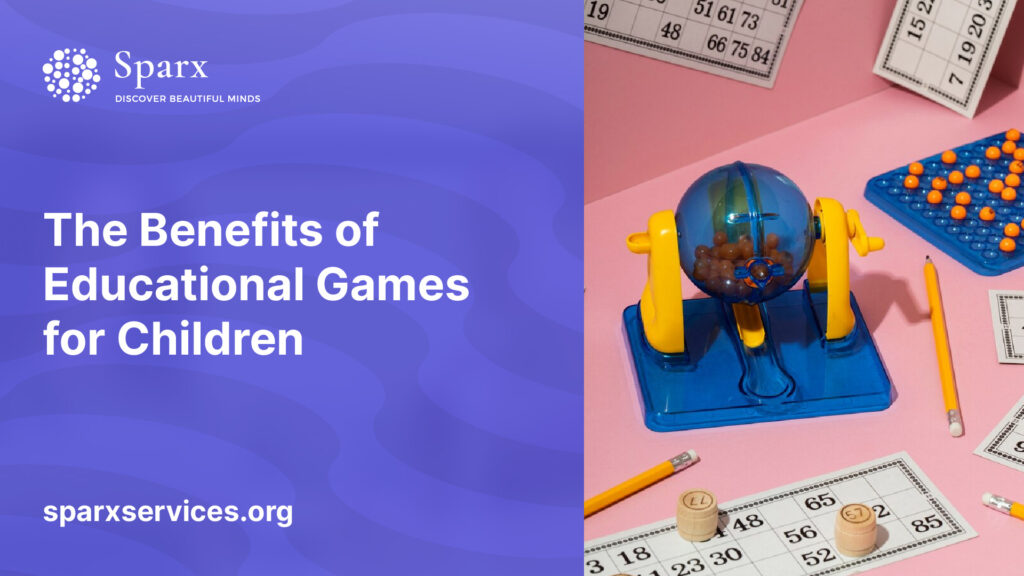
What do educational games bring to us?
Games use points, badges, levels, and leaderboards to motivate learners. These reward systems create a
2.5. Adaptability and Personalization
Many digital e
2. Benefits of Educational Games
2.1. Increased Engagement
Traditional learning methods often struggle to maintain student attention. Games, however, are naturally engaging. They use visuals, sound, storylines, and interactivity to pull players into the learning experience. When learners are engaged, they are more likely to stay focused, practice more, and retain information.
2.2. Motivation Through Rewards
Games use points, badges, levels, and leaderboards to motivate learners. These reward systems create a sense of achievement, encouraging players to keep trying—even when faced with challenging material.
2.3. Active Participation
Unlike passive learning (e.g., listening to a lecture), educational games require learners to take action. They must make decisions, solve problems, and interact with content. This active learning approach strengthens critical thinking and problem-solving skills.
2.4. Immediate Feedback
Games often provide instant feedback. Whether a player gets a question right or wrong, the game immediately responds—allowing learners to learn from mistakes and correct them quickly. This real-time feedback loop is more effective than waiting days for graded assignments.
2.5. Adaptability and Personalization
Many digital educational games adapt to the player’s skill level. If a learner is struggling, the game can adjust the difficulty or offer hints. This personalized approach helps meet the individual needs of learners, making it easier for everyone to succeed.
2.6. Development of Key Skills
In addition to academic knowledge, educational games help develop 21st-century skills, such as:
- Creativity
- Collaboration
- Digital literacy
- Time management
- Emotional regulation
3. Types of Educational Games
Educational games come in many forms, each suited for different learners and goals.
3.1. Puzzle and Logic Games
These games improve problem-solving and critical thinking. Examples include Sudoku, chess, and apps like Lumosity or Brain Training.
3.2. Language and Literacy Games
Apps like Duolingo or Wordscapes teach vocabulary, grammar, and reading through fun challenges and repetition.
3.3. Math and Science Games
Games like Prodigy (math) or Kerbal Space Program (science and engineering) make abstract concepts easier to understand with visuals and interactive activities.
3.4. Coding Games
Games like Scratch, CodeCombat, or LightBot introduce programming logic and coding basics through interactive puzzles and stories.
3.5. Simulation Games
Simulation-based learning is used in areas like economics (SimCity), biology (CellCraft), or real-life decision-making (Choices or The Sims). These allow learners to explore real-world systems safely.
4. Educational Games in the Classroom
The classroom is one of the most common places where educational games are applied. Here’s how they support learning:
4.1. Reinforcement and Practice
Games help students practice what they’ve learned in a more engaging way than worksheets or repetition drills. For example, multiplication games can make practicing math facts fun instead of boring.
4.2. Differentiated Learning
Because games often offer multiple levels or learning paths, they allow students to learn at their own pace. Teachers can use games to support both struggling and advanced students without isolating them.
4.3. Data and Assessment
Some educational games provide analytics for teachers. They can see which students are progressing, who needs help, and what skills are being mastered. This data helps inform instruction.
4.4. Teamwork and Social Learning
Multiplayer or cooperative games promote communication, leadership, and teamwork—skills important for both school and life.
5. Real-World Applications Beyond Schools
5.1. Professional Training
Companies use educational games for employee training—teaching topics like workplace safety, customer service, or leadership. These “serious games” are often more effective than lectures or manuals.
5.2. Medical Education
Simulations help medical students and doctors practice surgeries, diagnose diseases, or learn anatomy in a risk-free environment.
5.3. Military and Aviation
Flight simulators and military strategy games are used for training in navigation, decision-making, and emergency scenarios.
5.4. Public Awareness Campaigns
Games are also used to teach people about environmental issues, public health (like pandemic simulations), or civic engagement. These games raise awareness and inspire behavior change.
6. How Educational Games Affect the Brain
Research in educational psychology supports the use of games in learning.
6.1. Cognitive Engagement
Games stimulate the brain by requiring players to think, remember, and react. This cognitive activity supports memory retention and deep learning.
6.2. Safe Failure and Experimentation
Unlike real life, games allow learners to fail safely. They can try different approaches, learn from mistakes, and improve without negative consequences. This builds confidence and resilience.
6.3. Flow and Concentration
When games are well-designed, they create a mental state called “flow”—a balance between challenge and skill. Players in a flow state are deeply focused, making learning more efficient and enjoyable.
7. Challenges of Educational Games
Despite their advantages, educational games also present some challenges.
7.1. Quality and Relevance
Not all educational games are effective. Some focus too much on entertainment and lack educational value. Others may not align with curriculum standards.
7.2. Screen Time Concerns
Excessive use of digital games may lead to negative health effects, including eye strain, sleep disruption, and reduced physical activity.
7.3. Digital Divide
Not all students have access to tablets, smartphones, or high-speed internet. This lack of access creates inequality in educational opportunities.
7.4. Teacher Training
Educators need support and training to effectively integrate games into teaching. Without this, games may not be used to their full potential.
8. The Future of Educational Games
As technology advances, educational games will continue to evolve.
8.1. Artificial Intelligence (AI)
AI can help personalize games based on a learner’s strengths, weaknesses, and preferences. This means more effective, individualized learning experiences.
8.2. Virtual and Augmented Reality (VR/AR)
VR and AR allow learners to experience history, science, or other subjects in immersive 3D environments. For example, students could explore ancient Egypt or dissect a virtual frog.
8.3. Game-Based Credentialing
In the future, achievements in educational games might be linked to formal credentials—such as micro-certifications or digital badges—that hold real-world value.
8.4. Integration with Formal Education
More schools and universities are expected to adopt game-based learning platforms, blending formal instruction with game-like experiences.
Conclusion
Educational games are more than a fun distraction—they are powerful tools for modern learning. They increase engagement, promote active learning, provide instant feedback, and help develop a wide range of skills. Used wisely, they can support learners of all ages and backgrounds, making education more accessible, effective, and enjoyable.
While challenges like screen time and unequal access must be addressed, the benefits of educational games are undeniable. As we move forward in a digital world, these games will continue to shape the future of education, offering new ways to learn, explore, and grow.

